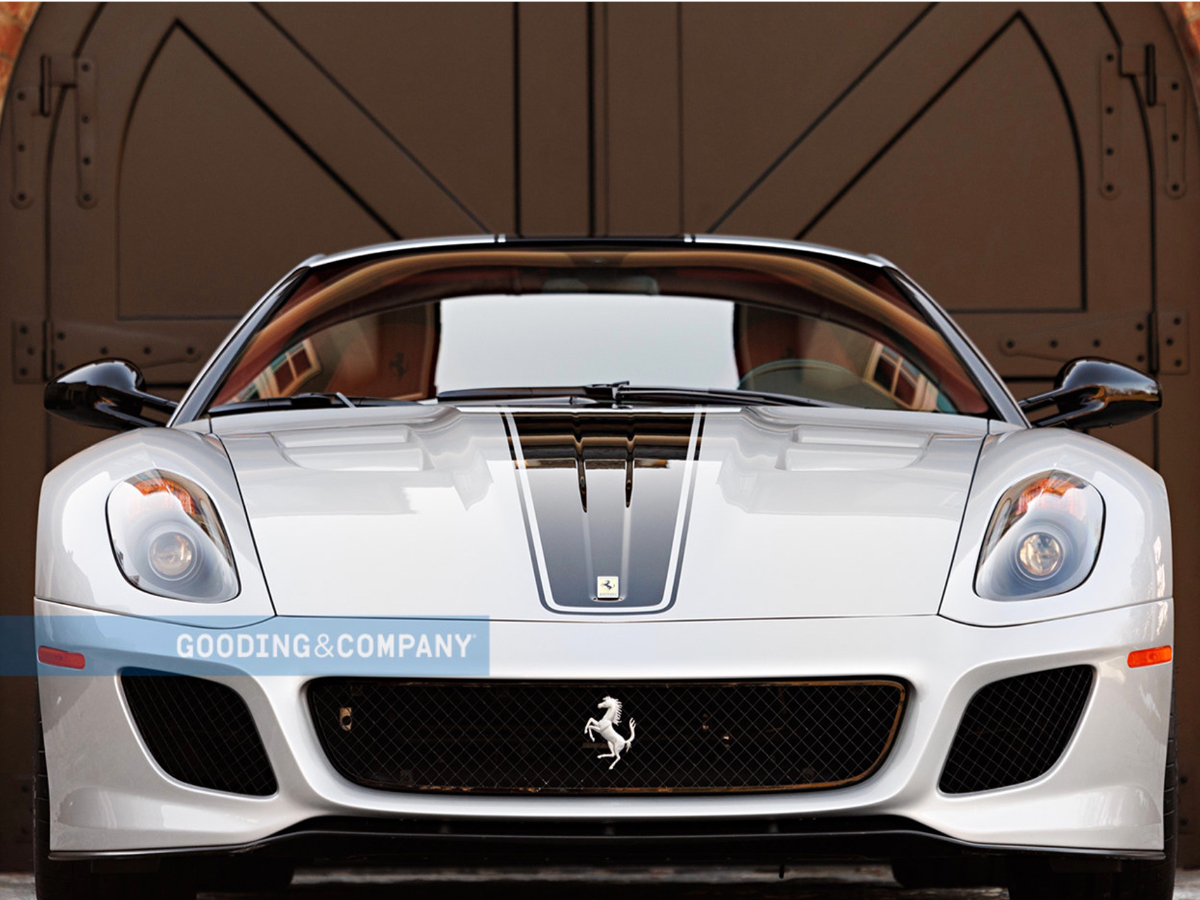Why Ferrari’s third GTO earned its name.
Ferrari purists celebrated when the marque brought back a two-seat, front-engine V-12 berlinetta in 1996 with the 550 Maranello. The V-12 berlinetta family grew from there, with the 575M (a much upgraded version of the 550 Maranello), which was then replaced in 2007 by the astounding 599 GTB Fiorano.
Three years later came the line topper, the 599 GTO, pulling a name from the past and offering a link to an experimental Ferrari track car. Gooding & Company is offering a 2011 Ferrari 599 GTO at its Amelia Island auction February 29-March 1. It is one of 125 built for the U.S. market out of a total of 599 made, a production figure that of course was no coincidence. The pre-sale estimate is $800K-$1M. This one was enjoyed for about 6,000 miles and comes with Ferrari Classiche certification.
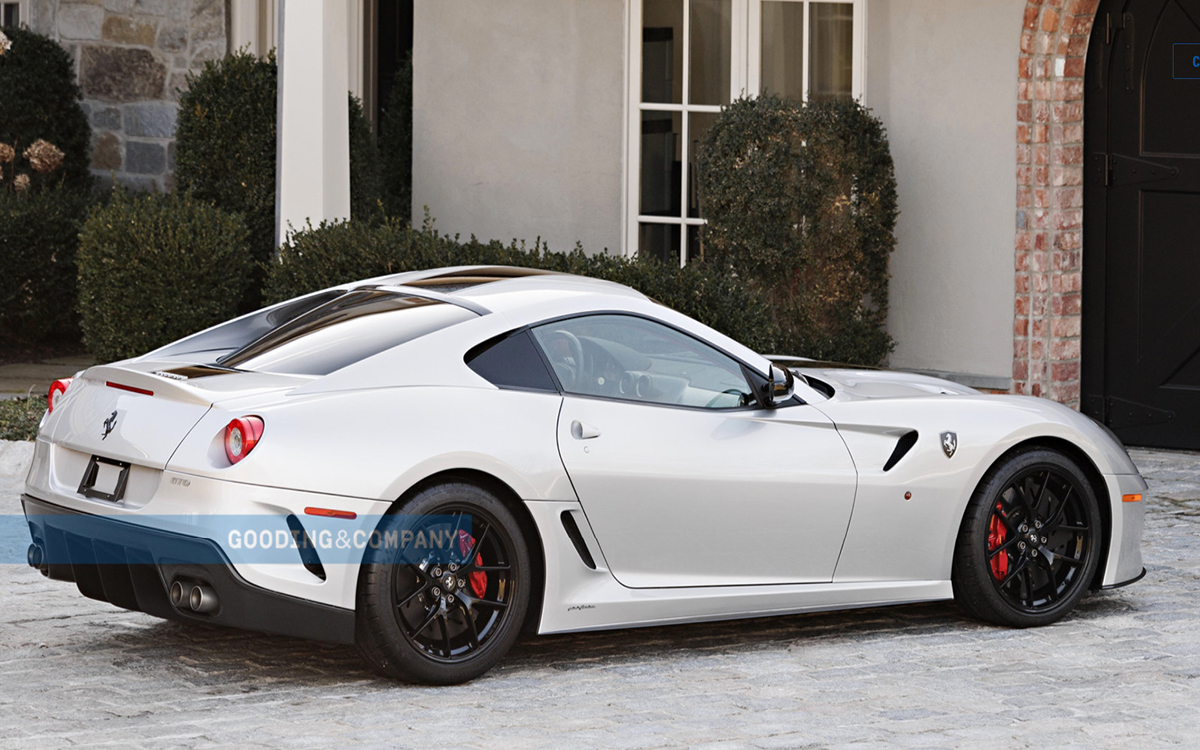
The Ferrari GTO Legacy
The 599 GTO was just the third Ferrari model to ever wear the GTO badge, so let’s have a look in the rearview mirror. The 1962 250 GTO was the ultimate racing development of the marque’s fabled 250 GT series. Power came from a six-carburetor, 300-horsepower 3.0-liter V-12.
Ferrari 250 GTOs won the Tour de France twice, continuing the marque’s long streak in that French race, and took second place in the 1962 and 1963 24 Hours of Le Mans (behind Ferrari prototype sports racers). The GTO brought Ferrari consecutive Manufacturers’ World Championships in 1962, 1963, and 1964.
Twenty-two years later, Ferrari built the progenitor of its modern mid-engine supercars, the 288 GTO. Derived from a highly modified version of the 328 GTB production model, the 288 GTO was originally intended for FIA Group B, which allowed manufacturers to homologate dedicated rally cars by building just 200. This type of racing proved to be exceptionally dangerous to drivers and spectators, however, and was stopped before the 288 GTO went into production. Instead, the 271 examples built became highly sought-after road cars.
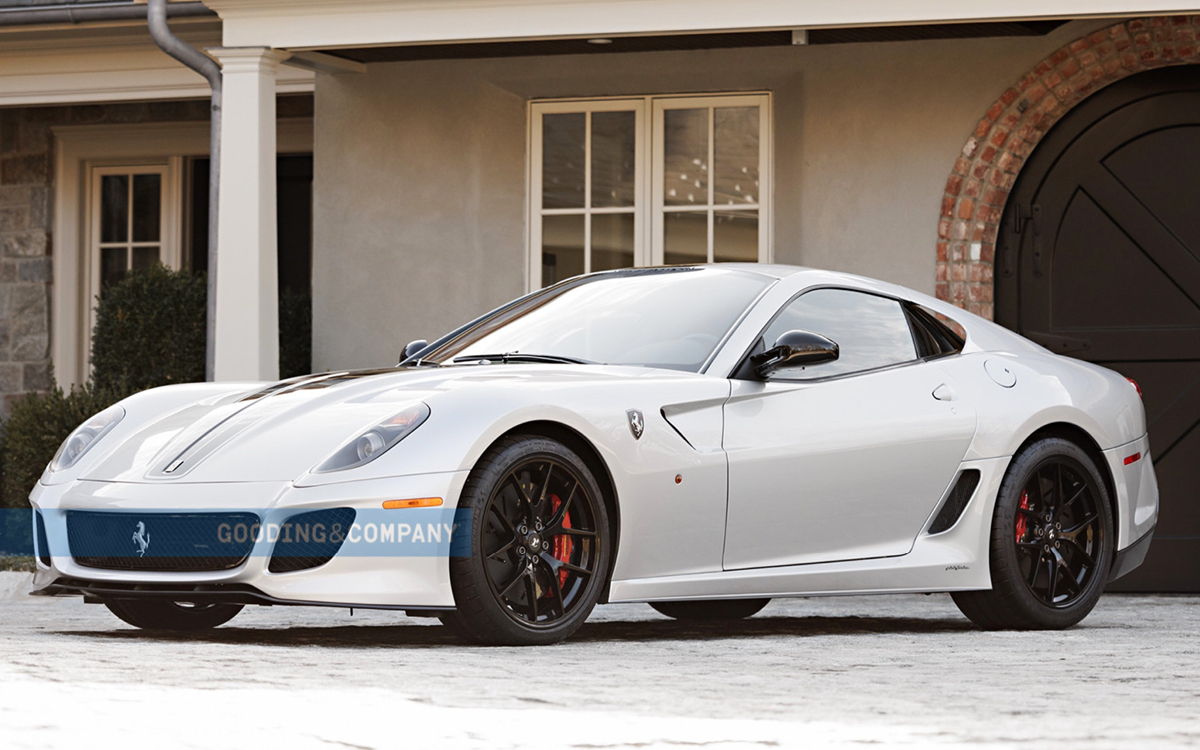
GTO, The Sequel, Part 2
Respecting its heritage, Ferrari would wait for the right car on which to use the GTO badge again. The opportunity came when the company built the 599 XX, the experimental track version of the 599 Fiorano offered to a select group of Ferrari clients. A road-car version would incorporate some of the “XX” car’s advances in aerodynamics, chassis technology, and F1 transmission improvements.
Called 599 GTO, the new model combined a more powerful V-12, lower weight, a faster-shifting F1 robotized manual transmission, and major chassis tweaks. The GTO’s one-second advantage around the Fiorano track was despite the Enzo being several hundred pounds lighter and having a mid-mounted version of essentially the same engine. The 599 GTO could rip from 0-60 in 3 seconds and achieve a top track speed of 208 mph, ensuring its place in the upper echelon of Ferrari road cars.
The 599 GTO was like a different animal than the 599 Fiorano, hungry for the track but still comfortably usable on the road. On Ferrari’s renowned Fiorano test track, where the production-car lap times have become critical touchstones for many Ferrari owners and enthusiasts, the 599 GTO set a time of 1 minute, 24 seconds, beating the vaunted Ferrari Enzo by a second.
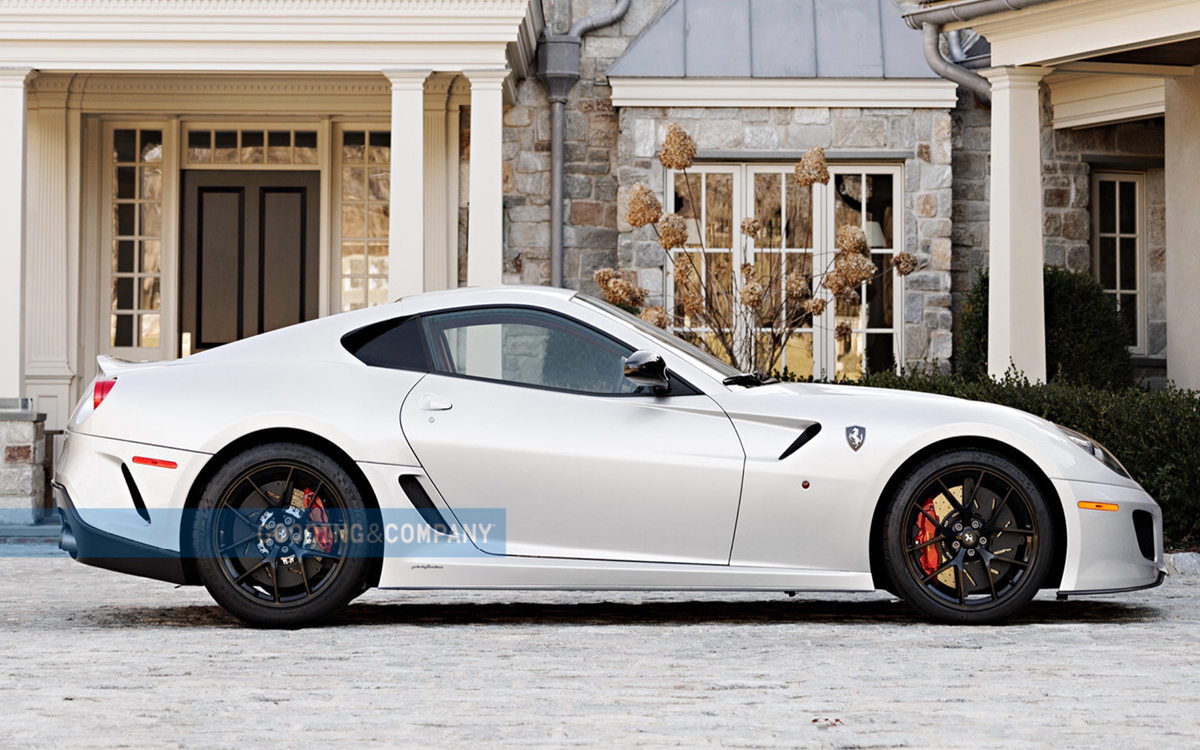
Nearly 700 Horsepower
The 599 GTO’s 6.0-liter V-12 was a further development of the Enzo’s engine, featuring a new intake and exhaust system, along with added friction-reducing measures. The result was a rousing 661 horsepower at 8,250 rpm and 457 lb-ft. of peak torque at 6,500 rpm. That was just 10 horses more than the Enzo but 48 over the 599 Fiorano. The GTO’s stopping power was no less impressive, with huge carbon-ceramic brakes standard.
While the 599 GTB Fiorano still offered the choice of a six-speed manual transmission or the single-clutch robotized version, called F1, the 599 GTO came only with the latter. Its 60-milisecond upshift times were nearly twice as quick as in the Fiorano and simply beyond human capability with a manual transmission.
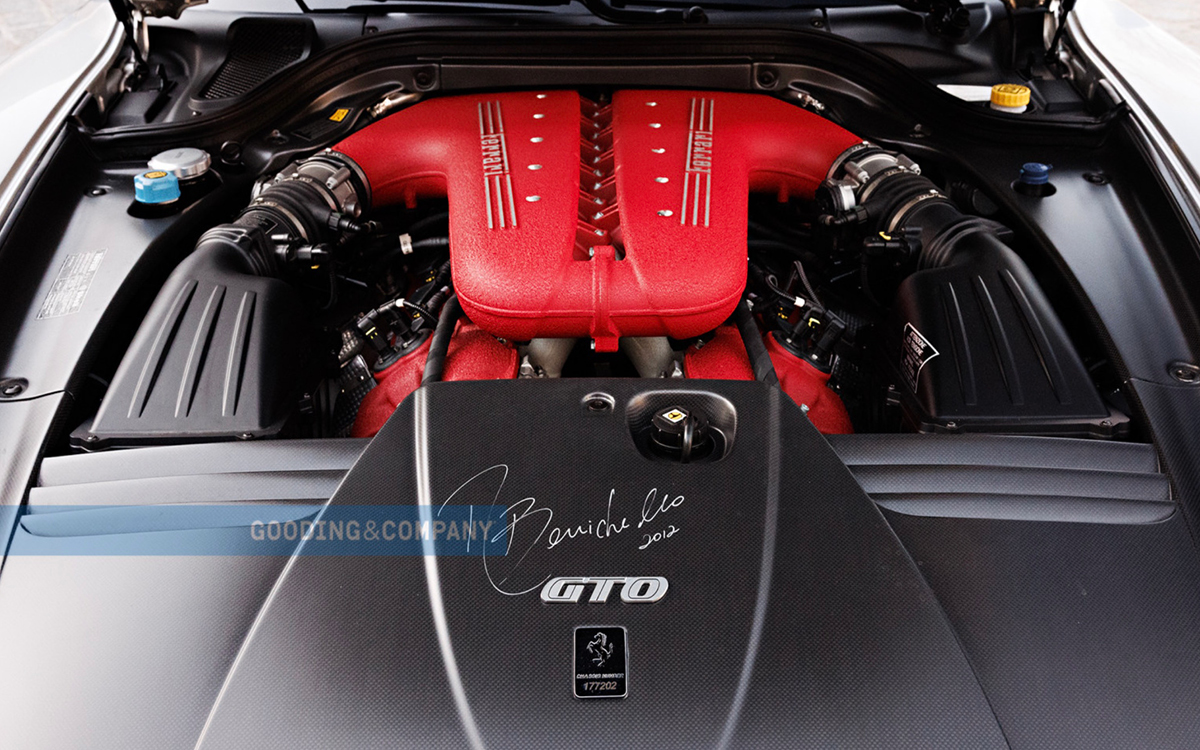
Lighter, But Still Heavy
Parallel to powertrain development was a concerted weight-reduction program for the 599 GTO. The bodywork used thinner-gauge aluminum and thinner glass. The car’s brakes, transmission, and exhaust system were all lightened, and much of the 599 Fiorano’s interior luxury was deleted in favor of a more track-oriented cockpit.
Ferrari claimed a laughably low 3,396-pound weight for the 599 GTO (European spec), but then, Ferrari always seems to post optimistic weight figures for its cars. The GTOs that came to the U.S. weighed nearly 3,900 pounds, according to published tests, though that was still a credible 225 pounds lower than the 599 Fiorano.
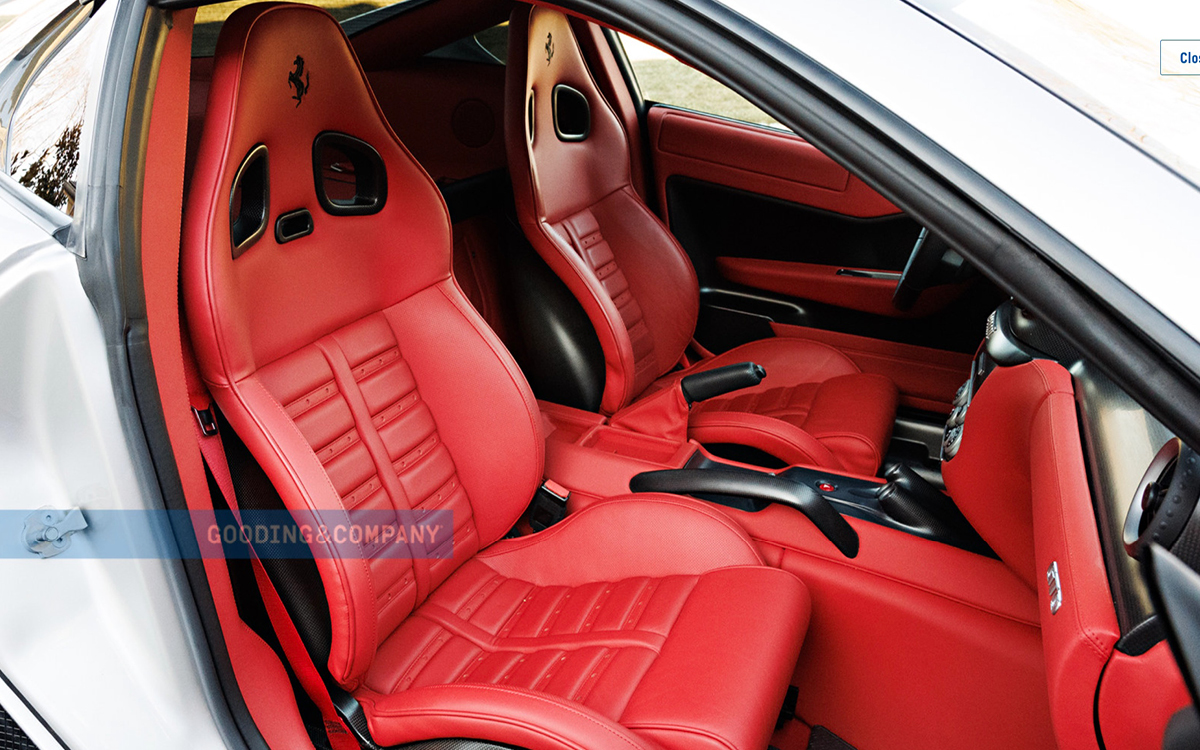
Optimized for the Track
Ferrari applied numerous aerodynamic advances gleaned from the 599 XX program to the 599 GTO. The result was increased downforce and higher stability at track speeds. The chassis, meanwhile, did its part to increase handling grip. In addition to new springs and a stiffer rear anti-roll bar, the 599 GTO also featured a second-generation magneto-rheological suspension control system (SCM2) and an upgraded F1-Trac traction control system. The Michelin Supersport tires were 285/30 on 20 x 9.5-inch front wheels and 315/35 on 20 x 11.5-inch rear wheels.
And how’s this for infotainment? The 599 GTO featured the Virtual Race Engineer, a display screen that provides real-time g-force readings for acceleration, braking, and cornering. The driver could choose a mode that showed how closely the car approached the GTO’s maximum capabilities on each part of the track.
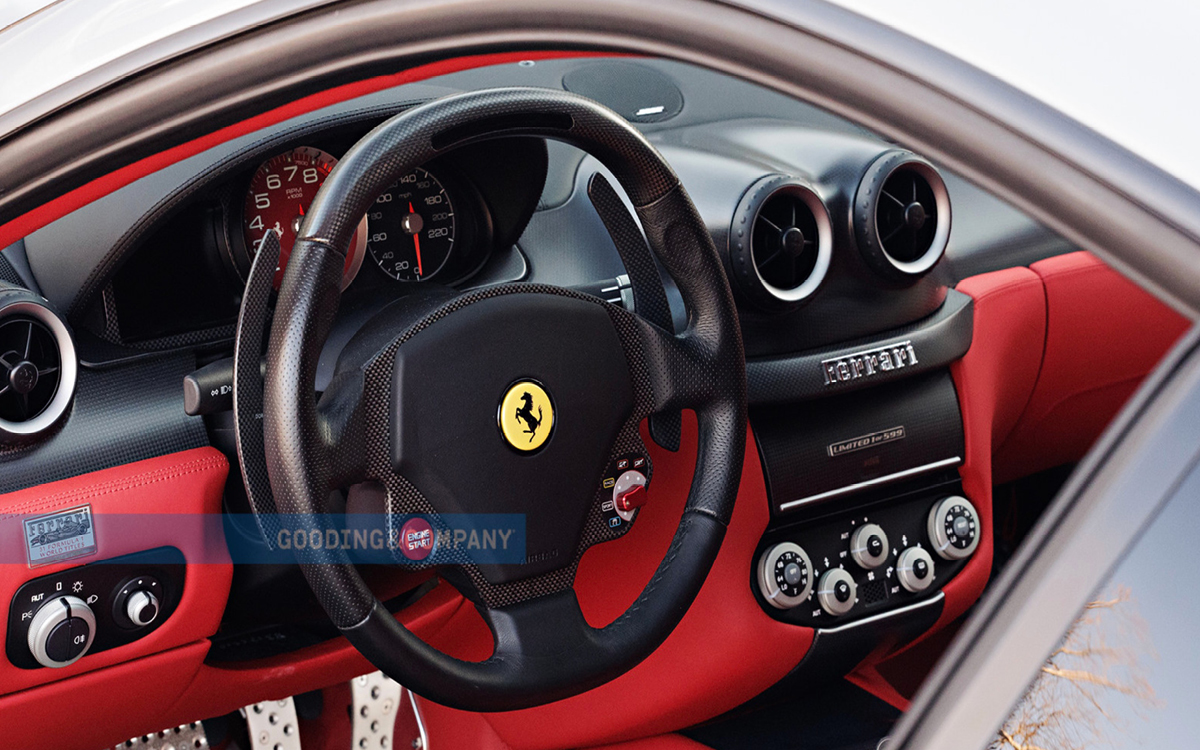
Ready for Auction?
The 599 GTO offered at the Gooding & Company Amelia Island auction was delivered to its first owner via Midwestern Auto Group in Columbus, Ohio. The Nürburgring Silver paint is accented by black center striping, black BBS wheels, and carbon fiber Scuderia Ferrari shields on the front fenders. The consignor, the car’s third owner, commissioned a major service in February with all drive belts and spark plugs replaced, the auction house stated.
So, did the 599 GTO earn its esteemed badge? We would say, absolutely it did. This car offers plenty of excitement for its next owner.

